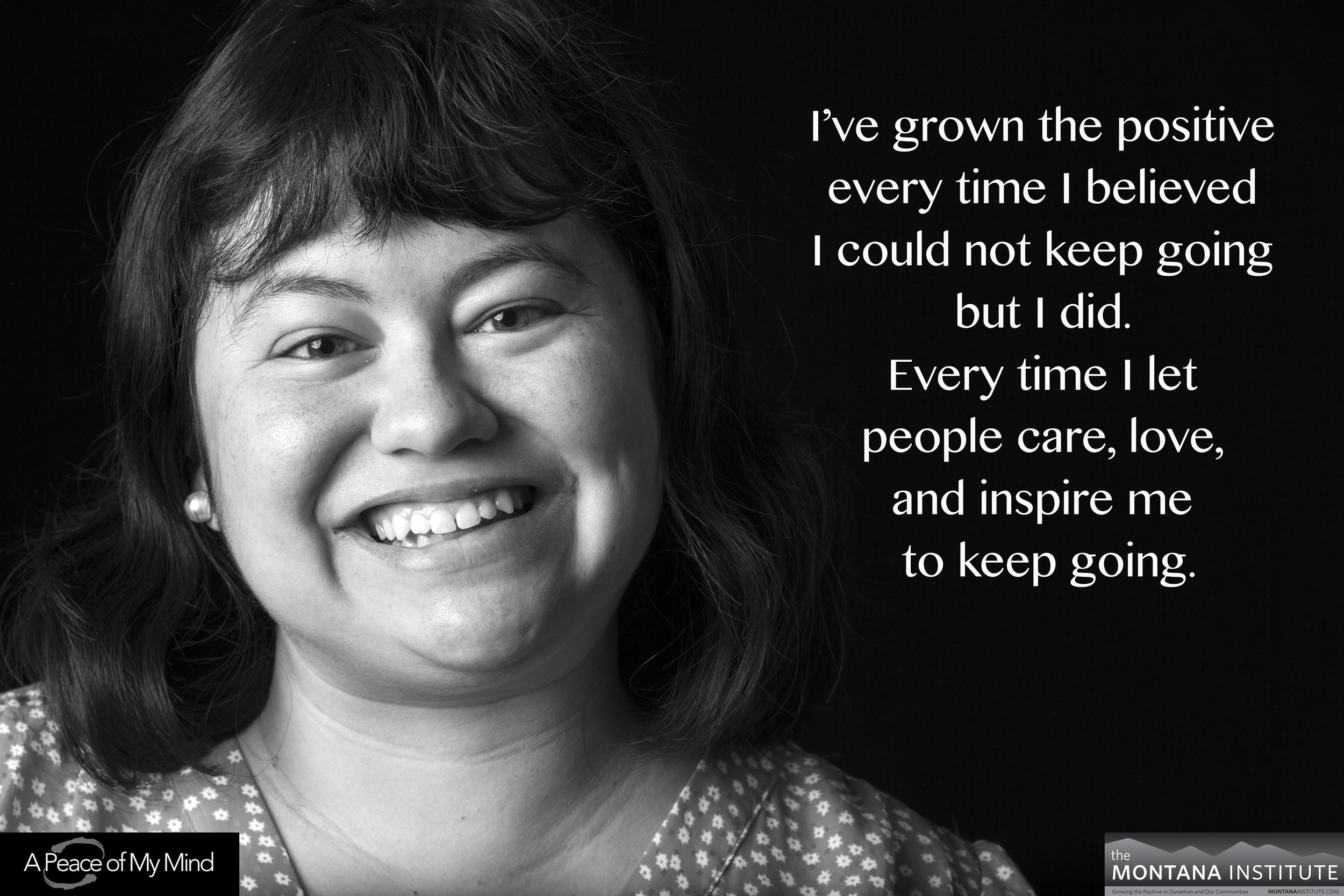Guest Post: PCN, Cultural Resource Management and Archaeology
/Map drawn by Samuel de Champlain of Plymouth Harbor in 1605 showing native habitations (PD-US)
by Jon Patton, Archaeologist
In the fall of 2017, I attended a two-day Science of the Positive Leadership Institute in Easton, Massachusetts. After hearing Dr. Jeff Linkenbach explore the Science of the Positive Framework -- including the Spirit, Science, Action Return model, the role of misperceptions, and the importance of integrating Hope and Concern -- these concepts have become a permanent part my professional tool kit. This may seem seem like a no-brainer for individuals working in public health and safety, but I am an archaeologist.
I now regularly apply the Science of the Positive in the “non-traditional” settings of archaeology, cultural resource management and environmental review and compliance. Even though I am primarily concerned with the material culture of past peoples, I work with living descendant communities and many other individuals, groups and communities. These folks have varying perspectives and perceptions on what the past is, and what interpretations of history and materials culture should be in the present.
The Science of the Positive is about individuals and their communities effecting positive change. Bringing the Science of the Positive framework to the often adversarial realm of construction management, engineering and environmental permitting has allowed me to re-frame my approach to protecting and preserving the cultural resources of Massachusetts.
I now find myself intentionally using Hope and Concern in day-to-day personal interactions, especially during difficult conversations and meetings. I try to start from a positive place, grounded in shared goals or values, and then spend time unpacking any (mis)perceptions that might be getting in the way.
The Science of the Positive Cycle of Transformation (Spirit, Science, Action, and Return) is critical to explaining my work. As an archaeologist, I am a social scientist who works primarily with Native American tribal nations and various local, state and federal historic preservation communities in New England and Massachusetts. The goal of cultural resource management and archaeology is to balance cultural resource preservation and protection with modern development. When science comes before spirit, as often happens in construction and engineering, it can result in a negative space where spirit and shared intentions are marginalized. Putting spirit first can help build common ground and understanding in challenging situations that may require compromise. Polarization of the spirit/science distinction sometimes becomes an impediment to the true purpose of the work. The positive spirit must come first and be acknowledged before science can take the lead.
I plan to implement the Seven Core Principles in a more structured way going forward, and to continue to apply the Science of the Positive in new places and spaces in archaeology and environmental planning.




